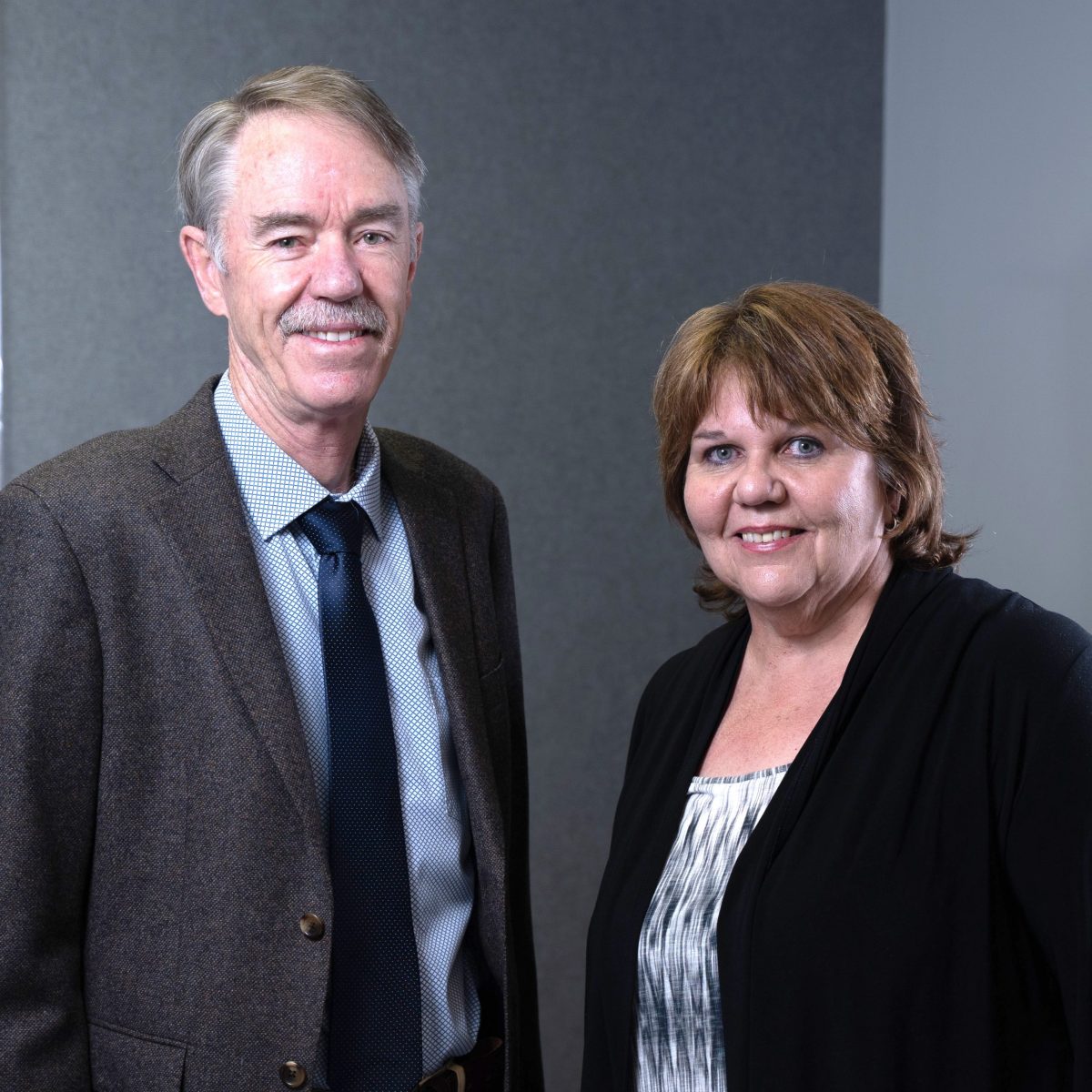

Two prominent sub-Saharan economies are showing “swiftly diverging fortunes” due to their respective political and economic circumstances, according to Mace, the UK-based consultant and construction firm that recently acquired stakes in companies in each country.
Kenya is enjoying increasing growth and confidence after a contested electoral process that resulted in peaceful victory for incumbent President Uhuru Kenyatta. Less fortunate is South Africa, where growth is low-to-stagnant, and where President Cyril Ramaphosa is caught between the imperatives of economic reform and winning an election next year, says Mace.
The company made the comments in its latest tender cost update for Sub-Saharan Africa, released 10 August. Mace has been active in Africa, acquiring a stake in Kenyan quantity surveyor YMR in October 2017, and a stake also in MMQS, a South African quantity surveyor, in 2016. In Kenya, its report said, the eventually successful transfer of power in last year’s elections renewed confidence in the government, which bodes well for long-term economic stability and, consequently, its markets.
“As the construction market heats up, the main challenge will be finding financing as the government battles high public debt,” Mace said. At 5.5%, Kenyan GDP growth is forecast to be well above the Sub-Saharan average in 2018 and is expected to remain strong, trending at just under 6% for the medium term, said Mace. Slower inflation in 2018 allowed the central bank to lower interest rates by 0.5% so far to 9.5%, aiding the economy’s expansion, Mace observed.
In contrast, South Africa is still struggling with uncertainty. “The government is stuck between two contradictory objectives – reforming the economy to give confidence to investors, and maintaining popular support in the run-up to the 2019 election,” Mace said. It added: “Whilst slightly recovered from the dismal growth of 2017, the 1.5% South African GDP growth anticipated this year is unlikely to fuel a significant recovery in construction demand.”
More widely, Mace said Sub-Saharan Africa will see strong average growth over the next five years, propelled by the “tailwinds” of rising commodity prices, Chinese investment, and the pull of infrastructure needs.
Mandla Mlangeni, director for MMQS Mace in Kenya, said: “In South Africa, with activity levels slow to pick up despite improved confidence, construction are firms failing as the pipeline of government projects looks increasingly unreliable. Despite growing costs, tender prices will continue to hold at current levels due to the low levels of demand, seeing some erosion in margins.”





